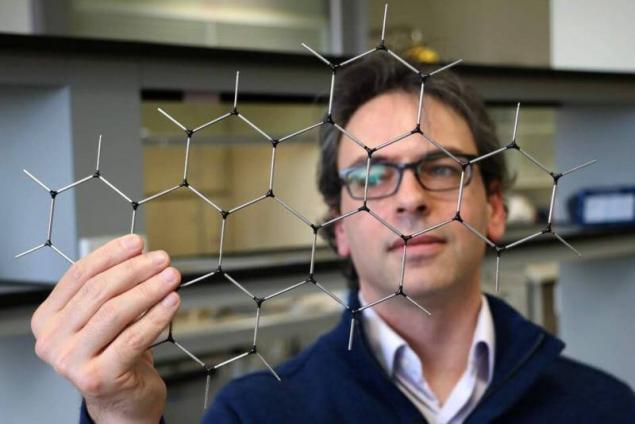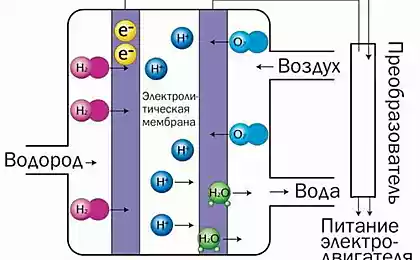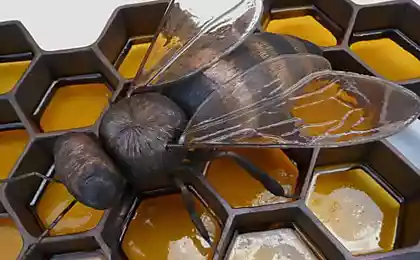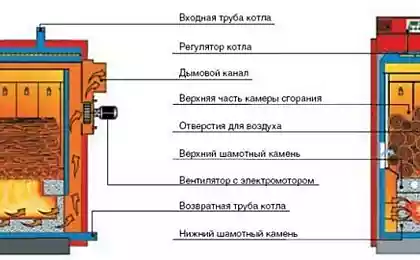368
Created a promising cathode for fuel cells
Engineers at the University of Queensland in Australia showed an improved quality of a new cathode material based on perovskites, which is used in the creation of solid oxide fuel cells.

Solid oxide fuel cell (SOFC) converts the chemical energy of a fuel to electrical by the fuel oxidation. It delivers performance, stability, produces few harmful substances and are relatively cheap. Australian scientists have developed a new, more efficient cathode coated with oxide of strontium and cobalt (SrCoO3-6) with niobium (Nb5+) and tantalum (Ta5+).
Typically, the performance of the cathode in low-temperature sofcs is limited by the oxygen exchange in the reaction of oxidation, recovery, and mobility of oxide ion. A new cathode material that forms oxide ions in this reaction, could improve battery performance.

Since the crystal structure of the perovskites oxides are not stable at temperatures below 900 C, the scientists coated their rare earth and alkaline earth elements. They managed to achieve the best known results of redox reaction.
Crystal structure of a new material was investigated using powder neutron diffraction. The result showed that the cathode SCNT is superior to other cathode materials at a temperature at and below 500 C and may be able to work even in conditions below 450 C.
Perovskite, a relatively recently opened a mineral, very effective as a solar cell. They can work well even with defects. The reasons for this are revealed by scientists at Columbia University in new York. published
P. S. And remember, only by changing their consumption — together we change the world! ©
Source: hightech.fm/2017/02/01/cathode-material

Solid oxide fuel cell (SOFC) converts the chemical energy of a fuel to electrical by the fuel oxidation. It delivers performance, stability, produces few harmful substances and are relatively cheap. Australian scientists have developed a new, more efficient cathode coated with oxide of strontium and cobalt (SrCoO3-6) with niobium (Nb5+) and tantalum (Ta5+).
Typically, the performance of the cathode in low-temperature sofcs is limited by the oxygen exchange in the reaction of oxidation, recovery, and mobility of oxide ion. A new cathode material that forms oxide ions in this reaction, could improve battery performance.

Since the crystal structure of the perovskites oxides are not stable at temperatures below 900 C, the scientists coated their rare earth and alkaline earth elements. They managed to achieve the best known results of redox reaction.
Crystal structure of a new material was investigated using powder neutron diffraction. The result showed that the cathode SCNT is superior to other cathode materials at a temperature at and below 500 C and may be able to work even in conditions below 450 C.
Perovskite, a relatively recently opened a mineral, very effective as a solar cell. They can work well even with defects. The reasons for this are revealed by scientists at Columbia University in new York. published
P. S. And remember, only by changing their consumption — together we change the world! ©
Source: hightech.fm/2017/02/01/cathode-material
Dirty air can cause neurodegenerative diseases
In Paris, he chose the most beautiful concept car of the year





















